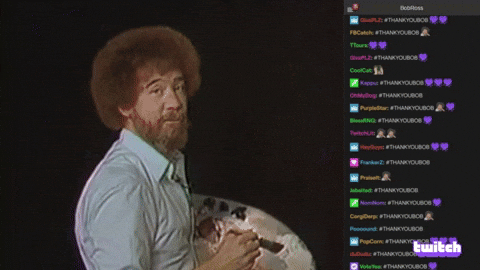- Fresh Dirt
- Posts
- Real Dirt: From Horizons to Masterpieces
Real Dirt: From Horizons to Masterpieces
Latest in Soil Science Updates

How Drs. Jay Noller (OSU) and Karen Vaughan (UWY) Inspire the Art of Soil Science💡
Soil science may be rooted in hard data and technical rigor, but for me, it’s also a deeply creative endeavor. That perspective was shaped in no small part by two incredible mentors: Dr. Jay Noller and Dr. Karen Vaughn. As professors of landscape pedology, they exemplified how art and creativity can harmonize with science to tell the stories of soils and landscapes.
Dr. Noller, with his ability to weave art into pedology, challenged me to see soil mapping not just as a technical task, but as a canvas for expressing the character of the land. His use of creative mediums to capture the essence of landscapes—painting soils in hues that reflected their stories—demonstrated that science can inspire and evoke emotion.
Dr. Jay Noller is an emeritus professor at Oregon State University (OSU), renowned for his interdisciplinary approach that bridges soil science, geomorphology, and art. His career has encompassed AI-driven soil geomorphology, archaeological agriculture, and the integration of visual arts into Earth sciences. Notably, Dr. Noller founded the Global Hemp Innovation Center at OSU, leading research in hemp-based economies and antiviral drug discovery. His artistic endeavors include eco-art installations and fine-art paintings, with works displayed globally.
For more detailed information, you can visit his OSU profile.
Dr. Vaughn took this even further, showing how the nuanced study of soil properties, like soil color and pigment, can reflect the relationships between people and the environment. Her work emphasized the storytelling aspect of soil science, a reminder that every map, every name, and every classification carries a deeper meaning about place and purpose.
Dr. Vaughan's innovative work has also been featured by the Smithsonian Institution, highlighting her unique approach to soil science through art. Through her initiative, The Art of Soil, she creates soil-based watercolor paints, transforming natural pigments into artistic tools that bring attention to the beauty and ecological importance of soils.
To explore her work and learn more, visit The Art of Soil.
Their influence inspired me to approach my own work with the same blend of precision and imagination. From mapping soils to naming their properties, I now see this practice as both a science and an art—one that connects people to the land and celebrates the beauty beneath our feet.
These two trailblazers remind us that soil science doesn’t have to stay in a box—it can, and should, spill over into creativity, storytelling, and connection. For that, I’m forever grateful. 🤲
Here’s to seeing the world’s soils as both data and art, thanks to mentors who inspire creativity in every horizon. 🎨 🏔️
Reply